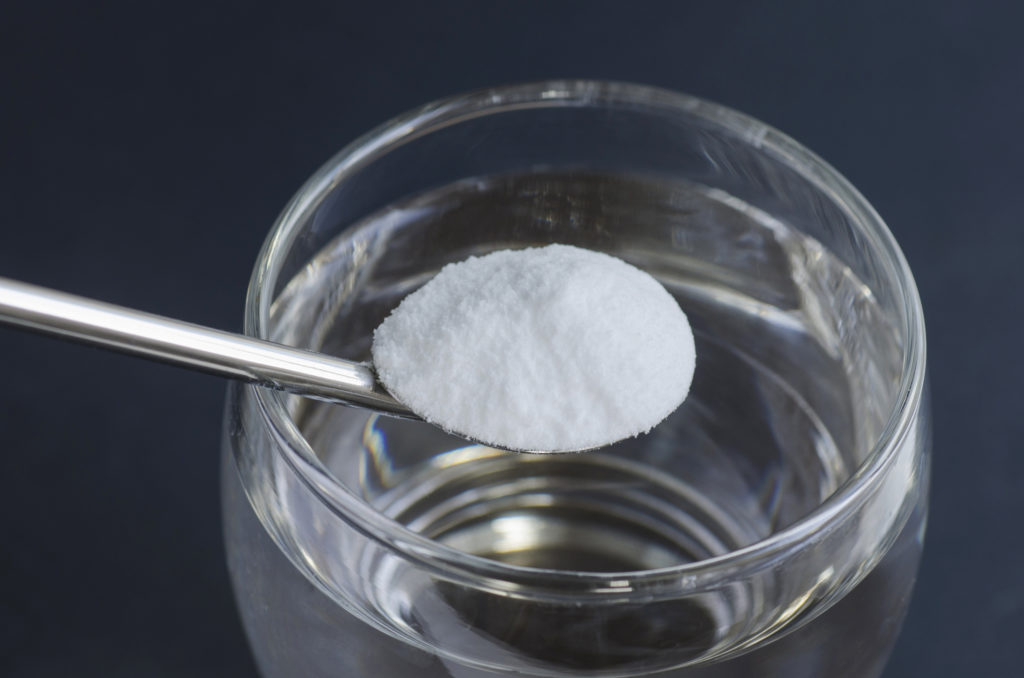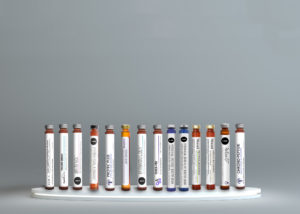
What Is PAH? | Understanding Paradoxical Adipose Hyperplasia Due To CoolSculpting
PAH usually presents as an enlarged bulge in the treatment area, and is firm or dense when compared to surrounding tissue.
A Vitamin C bowel flush is a safe and effective way to identify your personal daily Vitamin C requirement for optimizing your health.
To do a Vitamin C flush, you’ll take increments of buffered Vitamin C over the course of a few hours, and record the total amount. Once your body’s Vitamin C receptors reach their saturation point, you’ll experience a characteristic flushing of the bowels, with release of watery, loose stools.
Using the flush, you’ll be able to determine your ideal daily Vitamin C dosage. The Vitamin C protocol described here is both a diagnostic and therapeutic tool. It can be used on a continual basis to calibrate your dosing requirements over time.
Vitamin C, also known as ascorbic acid, is an essential nutrient for humans. Unfortunately, unlike most other members of the animal kingdom, humans cannot produce their own Vitamin C endogenously. It can only be obtained in the diet, primarily via consumption of fruits and vegetables, such as plums, bell peppers, kale, and of course oranges and lemons.
So why is Vitamin C so important to the human body? The list is practically endless! It has numerous well-described roles, mainly as an enzyme cofactor and as an antioxidant. It’s involved in crucial steps for detoxification, neurotransmitter synthesis, tissue repair, and immune function. It’s diverse function and ubiquity in human health can’t be overstated!
This is the big question we’re getting after. Remember, Vitamin C is water-soluble and not stored in our body for long- it needs to be replenished every day. The Recommended Dietary Allowance (RDA) of Vitamin C for a healthy adult woman is 75 mg, and 90 mg for men (per the US National Academy of Sciences). While these amounts are enough to prevent scurvy and severe Vitamin C deficiency, current recommended daily allowances may be severely outdated. For this reason, we recommend using the Vitamin C flush as an easy tool for identifying your unique Vitamin C tolerance.
First, obtain a powdered Vitamin C product that is buffered, fully reduced, and 100% L-Ascorbate (humans only utilize L-Ascorbate). The buffering agents should be natural and consist of essential minerals such as potassium, magnesium, calcium and zinc. We recommend Thorne Buffered C Powder, 8.15 oz (available on our online store here). A powdered formula as opposed to tablet or capsule is ideal here as it will provide more predictable absorption during the loading process.
Pick a day when you’ve got nothing on the calendar. Why? Well it’s called a flush for a reason! You’ll experience a characteristic sudden release of loose stool once you’ve fully saturated your body with Vitamin C, so plan on being near a toilet. Most people prefer doing this in the comfort of home for the first time.

| TIME | 0:00 mins | 0:20 mins | 0:40 mins | 0:60 mins | AMOUNT | 2,000 mg | → | → | → |
|---|
Once your bowels reach saturation, you’re done with the hard part! Now all that’s left is to calculate your optimal daily dose of Vitamin C for future use. Add up the total amount of Vitamin C you ingested during the flush, and calculate 75% of that total (multiply by 0.75). This gives you your ideal daily dose, just under your threshold for flushing. For example, if you ingested 2g + 2g + 2g + 2g + 2g = 10g during the flush; your ideal daily dose would be ~7.5g daily. Round to a convenient number for easy dosing. Spread your Vitamin C dosing throughout the day, for example in 2-3 equal doses. Powder, tablet, or capsule formulations all work fine here, with or without food.
As time goes on and your normal physiology improves, your body will require less and less Vitamin C. If you happen to notice mild abdominal cramping or loose stool, cut back on the daily dose by a fraction, and arrange some time for another flush. During the early stages of this protocol, you can calibrate with a flush every 1 to 2 weeks.
You should continue to use the protocol until you reach a steady state. This may take a few months or longer, depending on your overall health. You may expect to eventually arrive at an average dose of anywhere from 2-10 grams daily. Keep in mind that this is a dynamic process, and your needs may fluctuate up or down depending on numerous factors, including stress, sleep, nutrition or chronic health conditions.
Please note that if you choose to discontinue Vitamin C supplementation, do so gradually to prevent rebound deficiency. It’s safe to cut down slowly by 1-2 grams per week.
Unfortunately, given today’s numerous dietary and lifestyle challenges, along with mounting environmental hazards, many of us may have compromised Vitamin C status:
In short, we’re all a bit different. Diet, genetics, and lifestyle all factor in. Thankfully, the Vitamin C flush is an easy tool for identifying your unique Vitamin C tolerance!
Vitamin C remains remarkably safe, with few side effects even when administered at high doses. The main side effects when taken by mouth include mild stomach cramping and loose stools. Intravenous Vitamin C has been used to treat cancer patients for many decades. These patients have been found to easily tolerate up to 200 grams of intravenous Vitamin C at a time, with little to no side effects! Some people should use Vitamin C with caution, such as those with chronic kidney disease, G6PD deficiency, or hemochromatosis.
*Disclaimer: This content is not intended to diagnose, treat, or cure your particular symptoms or illness. Before taking action, please arrange a virtual or in-office consult with one of our board-certified providers, or speak to your healthcare provider.

Dr. Crawford is a board certified medical physician with a special interest in guiding patients to their full health potential, integrating mind, body & spirit.
He has extensive clinical experience in the ambulatory, acute care and critical care settings.

PAH usually presents as an enlarged bulge in the treatment area, and is firm or dense when compared to surrounding tissue.

HydraFacial Booster Serums typically include ingredients such as Vitamin C, Hyaluronic Acid, Tranexamic Acid, Glycolic Acid, Retinol, designed for maximum glow potential.

HydraFacial Booster Serums typically include ingredients such as Vitamin C, Hyaluronic Acid, Tranexamic Acid, Glycolic Acid, Retinol, designed for maximum glow potential.